BOOKS

Grieving Beyond Gender: Understanding the Ways Men and Women Mourn
– Kenneth J. Doka, Terry L. Martin, 2010
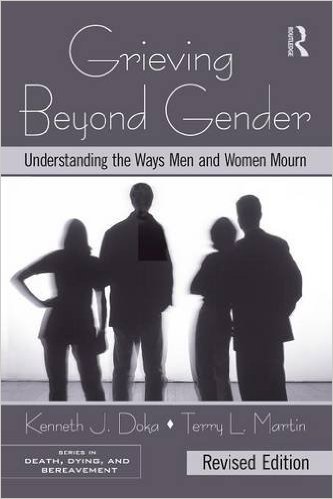 Grieving Beyond Gender: Understanding the Ways Men and Women Mourn is a revision of Men Don’t Cry, Women Do: Transcending Gender Stereotypes of Grief. In this work, Doka and Martin elaborate on their conceptual model of “styles or patterns of grieving” – a model that has generated both research and acceptance since the publication of the first edition in 1999. In that book, as well as in this revision, Doka and Martin explore the different ways that individuals grieve, noting that gender is only one factor that affects an individual’s style or pattern of grief. The book differentiates intuitive grievers, where the pattern is more affective, from instrumental grievers, who grieve in a more cognitive and behavioral way, while noting other patterns that might be more blended or dissonant. The model is firmly grounded in social science theory and research. A particular strength of the work is the emphasis placed on the clinical implications of the model on the ways that different types of grievers might best be supported through individual counseling or group support.
Grieving Beyond Gender: Understanding the Ways Men and Women Mourn is a revision of Men Don’t Cry, Women Do: Transcending Gender Stereotypes of Grief. In this work, Doka and Martin elaborate on their conceptual model of “styles or patterns of grieving” – a model that has generated both research and acceptance since the publication of the first edition in 1999. In that book, as well as in this revision, Doka and Martin explore the different ways that individuals grieve, noting that gender is only one factor that affects an individual’s style or pattern of grief. The book differentiates intuitive grievers, where the pattern is more affective, from instrumental grievers, who grieve in a more cognitive and behavioral way, while noting other patterns that might be more blended or dissonant. The model is firmly grounded in social science theory and research. A particular strength of the work is the emphasis placed on the clinical implications of the model on the ways that different types of grievers might best be supported through individual counseling or group support.
The Crying Book
– Heather Christle, 2019
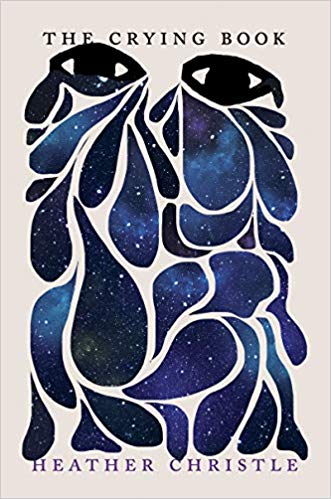 “This is a wonderful and profound look at the act of crying―something human and yet hidden, common and yet mysterious. I found myself reading with a thirst for the tears Heather Christle collects here―instances within literature, film, history, and the author’s own life all add up to a greater understanding of what makes us human.” ―Chelsea Hodson, author of Tonight I’m Someone ElseWhy do we cry? How do we cry? And what does it mean? A scientific, cultural, artistic examination by a young poet on the cusp of motherhood. Heather Christle has just lost a dear friend to suicide and now must reckon with her own depression and the birth of her first child. As she faces her grief and impending parenthood, she decides to research the act of crying: what it is and why people do it, even if they rarely talk about it. Along the way, she discovers an artist who designed a frozen-tear-shooting gun and a moth that feeds on the tears of other animals. She researches tear-collecting devices (lachrymatories) and explores the role white women’s tears play in racist violence.
“This is a wonderful and profound look at the act of crying―something human and yet hidden, common and yet mysterious. I found myself reading with a thirst for the tears Heather Christle collects here―instances within literature, film, history, and the author’s own life all add up to a greater understanding of what makes us human.” ―Chelsea Hodson, author of Tonight I’m Someone ElseWhy do we cry? How do we cry? And what does it mean? A scientific, cultural, artistic examination by a young poet on the cusp of motherhood. Heather Christle has just lost a dear friend to suicide and now must reckon with her own depression and the birth of her first child. As she faces her grief and impending parenthood, she decides to research the act of crying: what it is and why people do it, even if they rarely talk about it. Along the way, she discovers an artist who designed a frozen-tear-shooting gun and a moth that feeds on the tears of other animals. She researches tear-collecting devices (lachrymatories) and explores the role white women’s tears play in racist violence.
Honest, intelligent, rapturous, and surprising, Christle’s investigations look through a mosaic of science, history, and her own lived experience to find new ways of understanding life, loss, and mental illness. The Crying Book is a deeply personal tribute to the fascinating strangeness of tears and the unexpected resilience of joy.
How We Grieve: Relearning the World
– Thomas Attig, 2010
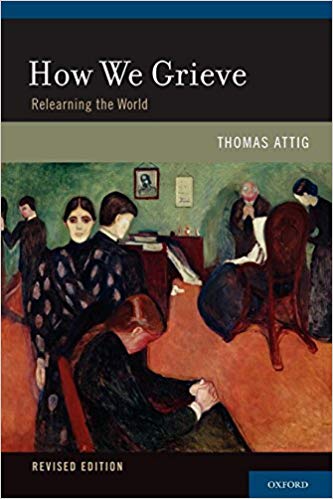 If we wish to understand loss experiences we must learn details of survivors’ stories. The new version of How We Grieve: Relearning the World tells in-depth tales of survival to illustrate the poignant disruption of life and suffering that loss entails. It shows how through grieving we overcome challenges, make choices, and reshape our lives. These intimate treatments of coping with loss address the needs of grieving people and those who hope to support and comfort them. The accounts promote understanding of grieving itself, encourage respect for individuality and the uniqueness of loss experiences, show how to deal with helplessness in the face of “choiceless” events, and offer guidance for caregivers.
If we wish to understand loss experiences we must learn details of survivors’ stories. The new version of How We Grieve: Relearning the World tells in-depth tales of survival to illustrate the poignant disruption of life and suffering that loss entails. It shows how through grieving we overcome challenges, make choices, and reshape our lives. These intimate treatments of coping with loss address the needs of grieving people and those who hope to support and comfort them. The accounts promote understanding of grieving itself, encourage respect for individuality and the uniqueness of loss experiences, show how to deal with helplessness in the face of “choiceless” events, and offer guidance for caregivers.
The stories make it clear that grieving is not about living passively through stages or phases. We are not so alike when we grieve; our experiences are complex and richly textured. Nor is grieving about coming down with “grief symptoms”. No one can treat us to make things better. No one can grieve for us.
Grieving is instead an active process of coping and relearning how to be and how to act in a world where loss transforms our lives. Loss forces us to relearn things and places; relationships with others, including fellow survivors, the deceased, even God; and our selves, our daily life patterns, and the meanings of our life stories.
This revision adds an introductory essay about developments in the author’s thinking about grieving as “relearning the world.” It highlights and clarifies its most distinctive and still salient themes. It elaborates on how his thinking about these themes has expanded and deepened since the first edition. And it places his treatment of those themes in the broader context of current writings on grief and loss.
Catching Your Breath in Grief: …and grace will lead you home
– Thomas Attig, 2012
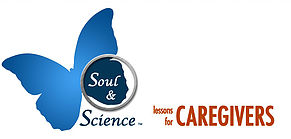
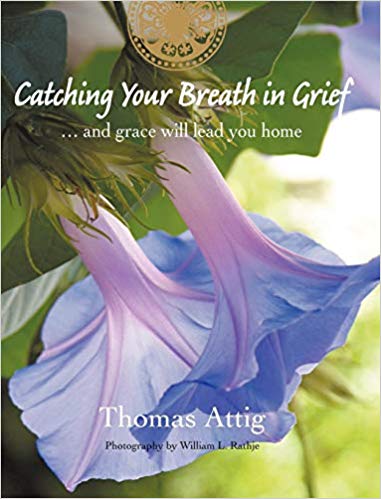 Guided imagery is a transformative practice for reducing stress, healing mind and body, and improving performance. This definitive collection brings together leading pioneers in the field of guided imagery to share its theory, practice and history.
Guided imagery is a transformative practice for reducing stress, healing mind and body, and improving performance. This definitive collection brings together leading pioneers in the field of guided imagery to share its theory, practice and history.